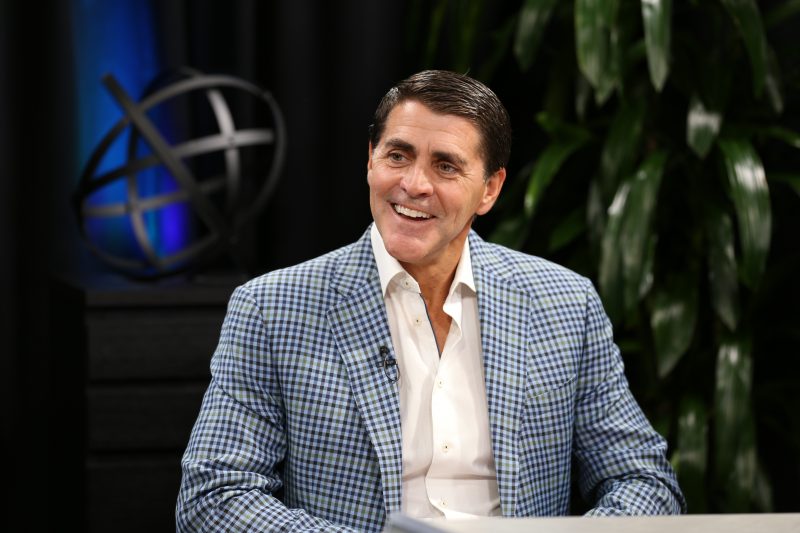 CLOUD
CLOUD
 CLOUD
CLOUD
 CLOUD
CLOUD
Shares of the human resources software company Workday Inc. initially fell more than 11% in extended trading today after it offered a disappointing forecast, only to recover somewhat once investors had time to digest its latest financial report.
The company’s results were mixed. It reported first-quarter earnings before certain costs such as stock compensation of $1.74 per share, beating Wall Street’s forecast of $1.58 per share quite comfortably. However, though revenue rose 18% from a year earlier to $1.9 billion, it fell short of the analyst’s consensus estimate of $1.97 billion.
All told, Workday said it delivered net income for the quarter of $107 million, having broken even in the same period one year earlier.
Workday Chief Executive Carl Eschenbach (pictured) hailed the company’s performance, saying it delivered another solid quarter of growth and operating margin expansion. “With the emergence of generative AI, the shifting talent landscape, and pressure to realize operational efficiencies, Workday has never been more relevant,” he said.
Despite the CEO’s bullish statement, the company disappointed investors when it slashed its full-year subscription revenue forecast, a key metric. Workday said it now sees subscription revenue of between $7.7 billion and $7.725 billion in fiscal 2025, down from its earlier guidance range of $7.725 billion to $7.775 billion.
Chief Financial Officer Zane Rowe told investors that the updated metric reflects “the elevated sales scrutiny and lower customer headcount growth we experienced during the quarter.”
Investors initially reacted badly, and Workday’s stock fell hard in extended trading, only to rebound and make up some of those losses in the hours that followed. The stock is currently down just over 5%.
One reason for the rebound might be that Workday also announced that it’s boosting its forecast for its adjusted operating margin. The company said it now expects an adjusted operating margin of 25% for fiscal 2025, up from its previous forecast of 24.5%. According to Rowe, the new target reflects “increased efficiencies across the company.”
Workday’s forecast for the current quarter wasn’t great either, with the company saying it’s looking for subscription revenue of $1.895 billion, shy of the Street’s consensus estimate of $1.903 billion.
Analyst Holger Mueller of Constellation Research Inc. expressed a more optimistic view than most investors, saying Workday had a good quarter, falling just short of the $2 billion revenue milestone and growing itself back to profitability after last year’s break-even performance. The analyst conceded that Workday’s margins are tight though, adding that this may concern shareholders.
“On the other hand, Workday keeps on innovating, with many promised generative AI use cases coming soon and the addition of native payroll services for Australian customers,” Mueller said. “Now all eyes will be on the performance in Q2, with investors hopeful that Workday will keep up the pace of innovation, break the $2 billion revenue barrier and show better cost control.”
In more positive news, Workday revealed that it has signed a multimillion-dollar contract with the U.S Defense Intelligence Agency, marking its formal entry into the U.S. intelligence services and strengthening its position in the broader U.S. federal government market. The DIA will use Workday’s Government Cloud platform to access its human resources modernization efforts, the company said.
“This partnership demonstrates our dedication to the federal market and our significant customer momentum in this space as more and more federal agencies shift from legacy technologies to modern solutions like Workday,” Eschenbach said.
Support our mission to keep content open and free by engaging with theCUBE community. Join theCUBE’s Alumni Trust Network, where technology leaders connect, share intelligence and create opportunities.
Founded by tech visionaries John Furrier and Dave Vellante, SiliconANGLE Media has built a dynamic ecosystem of industry-leading digital media brands that reach 15+ million elite tech professionals. Our new proprietary theCUBE AI Video Cloud is breaking ground in audience interaction, leveraging theCUBEai.com neural network to help technology companies make data-driven decisions and stay at the forefront of industry conversations.